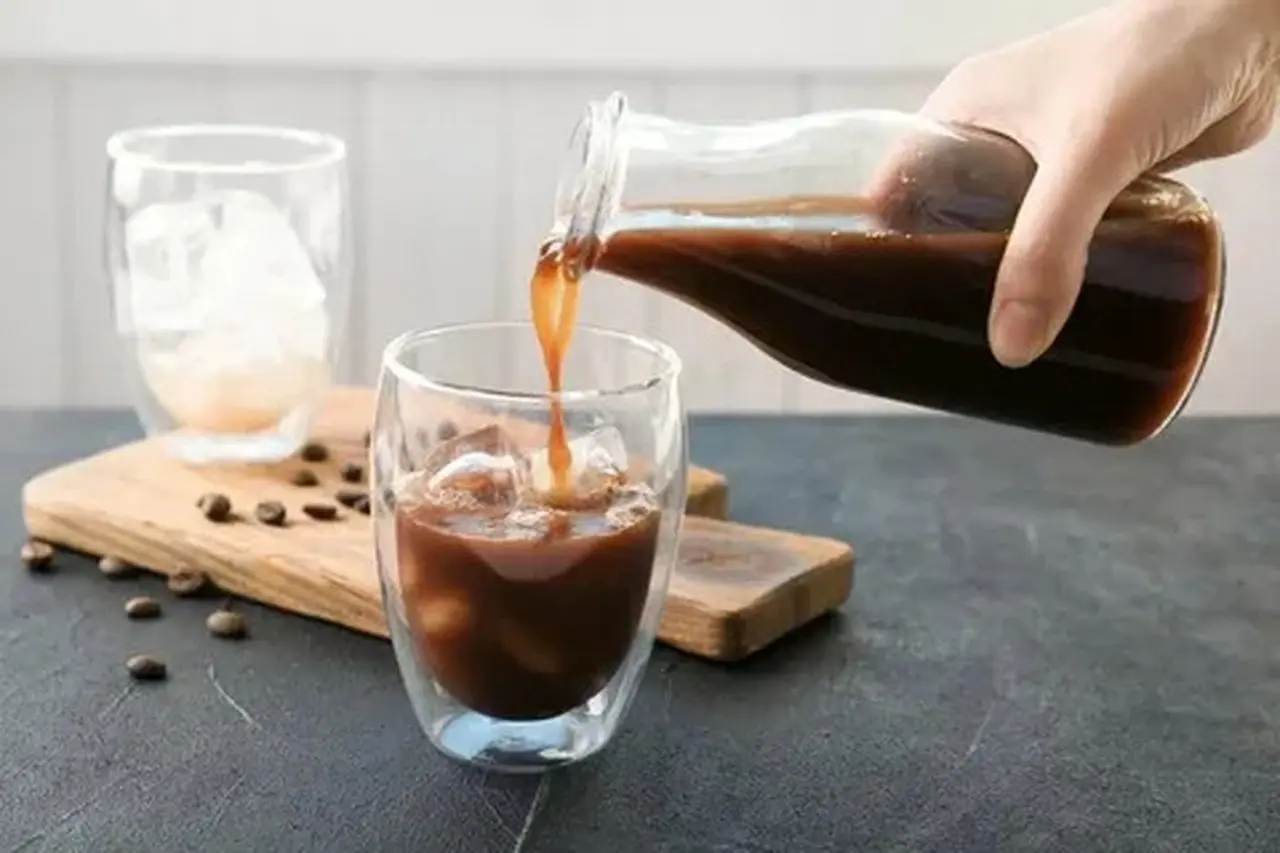Cold brew coffee has taken the world by storm, offering a smooth and refreshing alternative to traditional hot coffee. Its rich, slightly sweet flavor and lower acidity make it a favorite among coffee lovers. However, one of the biggest questions surrounding this beverage is its caffeine content. Many people believe cold brew is significantly stronger than regular coffee, but is that really the case? Let’s take a deep dive into cold brew caffeine content and how it compares to other types of coffee.
Understanding Cold Brew Caffeine Content
The cold brew caffeine content can vary depending on several factors, including the type of coffee beans used, the brewing process, and the ratio of coffee to water. Cold brew is made by steeping coarse coffee grounds in cold water for an extended period—usually between 12 and 24 hours. Because of this prolonged steeping process, more caffeine is extracted from the beans than in hot coffee, which brews in just a few minutes.
Many people assume cold brew is the most highly caffeinated coffee option, but this isn’t always true. Cold brew concentrate, which is the undiluted form of cold brew, does contain significantly more caffeine per ounce compared to regular coffee. However, when diluted with water or milk before serving, the caffeine content per cup becomes more comparable to that of regular brewed coffee.
How Cold Brew Compares to Other Coffees
To understand the caffeine levels in cold brew, it’s useful to compare it with other coffee drinks. Here’s how different types of coffee stack up in terms of caffeine:
- Cold Brew Concentrate – A typical cold brew concentrate can have anywhere from 200 to 300 mg of caffeine per 8-ounce serving, depending on how strong it’s brewed. Some commercial brands even contain more.
- Diluted Cold Brew – If you mix cold brew concentrate with water at a 1:1 ratio, the caffeine content drops to around 100–150 mg per 8-ounce serving.
- Regular Drip Coffee – A standard 8-ounce cup of drip coffee contains about 95 mg of caffeine, depending on the type of beans and brewing method.
- Espresso – A single shot of espresso (about 1 ounce) has roughly 63 mg of caffeine. However, because espresso servings are small, a typical latte or cappuccino (which includes two shots of espresso) contains around 126 mg of caffeine.
As you can see, undiluted cold brew concentrate has more caffeine than drip coffee, but once it’s diluted, it falls within the same range. However, since cold brew is often consumed in larger quantities—sometimes 16 ounces or more per serving—many people end up consuming more caffeine than they would with a regular cup of coffee.
Factors That Affect Cold Brew Caffeine Levels
Several factors influence the caffeine content in cold brew coffee. Understanding these variables can help you control the strength of your cold brew:
- Coffee-to-Water Ratio – The more coffee used relative to water, the stronger and more caffeinated the brew will be. A standard ratio for cold brew concentrate is 1:4 (one part coffee to four parts water), but some people make it even stronger.
- Steeping Time – The longer the coffee grounds steep, the more caffeine is extracted. While 12 hours is enough to create a strong brew, some people let it steep for up to 24 hours for a more intense flavor and caffeine kick.
- Type of Coffee Beans – Robusta coffee beans contain nearly twice the caffeine of Arabica beans. If you use Robusta beans for cold brew, the final caffeine content will be much higher.
- Grind Size – A coarser grind is typically used for cold brew, but if the grind is too fine, more caffeine may be extracted, leading to a stronger brew.
- Serving Size – Unlike a standard 8-ounce cup of hot coffee, cold brew is often served in 12–16-ounce portions, meaning the total caffeine intake per drink is often much higher.
Is Cold Brew Too Strong?
For most coffee drinkers, cold brew provides a smooth and enjoyable caffeine boost without the bitterness of traditional hot coffee. However, for those sensitive to caffeine, drinking large amounts of cold brew can lead to jitters, insomnia, or an upset stomach. If you want to enjoy cold brew but limit your caffeine intake, consider:
- Diluting your cold brew with more water or milk to reduce caffeine concentration.
- Opting for a shorter steeping time to extract less caffeine.
- Using decaf coffee beans to create a low-caffeine cold brew alternative.
The Benefits of Cold Brew
Aside from its caffeine content, cold brew has other benefits that make it a popular choice among coffee enthusiasts:
- Lower Acidity – Cold brew is up to 67% less acidic than hot brewed coffee, making it easier on the stomach.
- Smoother Flavor – The cold steeping process removes much of the bitterness found in traditional coffee.
- Convenience – A batch of cold brew concentrate can be made in advance and stored in the fridge, making it easy to pour a fresh cup anytime.
- Versatility – Cold brew can be enjoyed black, with milk, over ice, or even in coffee-based cocktails.
Final Thoughts
Cold brew coffee is a delicious and refreshing alternative to traditional hot coffee, but it’s important to understand its caffeine content. While cold brew concentrate is highly caffeinated, dilution levels determine the final strength of your drink. Compared to regular coffee, cold brew can either be stronger or similar in caffeine, depending on how it’s prepared. If you’re looking for a smooth and flavorful caffeine boost, cold brew is an excellent choice. Just be mindful of portion sizes, especially if you’re sensitive to caffeine.


Leave a Comment